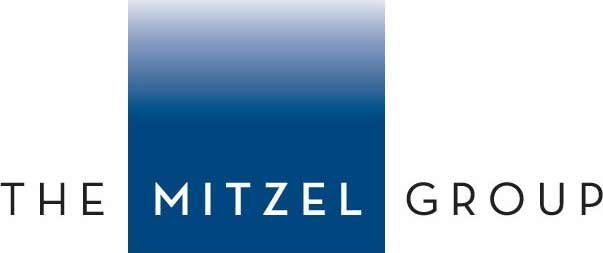On January 20, 2016, the Department of Labor’s Wage and Hour Division (“WHD”) issued an Administrator’s Interpretation (AI) establishing new standards for defining “joint employment” under the Fair Labor Standards Act (“FLSA”) and the Migrant and Seasonal Agricultural Worker Protection Act (“MSPA”). The purpose of the new standards is to extend joint and several liability for FLSA and MSPA compliance to employers found to be “joint employers.” The WHD’s guidance is a direct response to the recent shift in business models from traditional employment (one employer employing one employee) to joint employment (two or more business entities share supervision and control over one employee).
Joint employment arises in two types of employment situations which the WHD terms “horizontal” and “vertical” models. The analysis for determining “joint employment” focuses on the “structure and nature of the relationship(s) at issue.”
1) Horizontal Joint Employment Test:
A horizontal joint employment situation may exist where two (or more) employers employ the same employee and share sufficient ties with respect to their relationship with the employee. The employee performs separate work or works different hours for the employers. The AI provides the example of a restaurant worker who is employed by two different restaurants operated by the same company. In such a situation, the WHD will examine factors such as:
- Ownership structure (i.e., does one employer own all or part of the other, common owners);
- Overlapping officers, directors, executives, or managers;
- Shared control over operations (e.g., hiring, firing, payroll, advertising, overhead);
- Intermixed operations;
- Whether one employer supervises the work of the other;
- Shared supervisory authority for the employee;
- Whether there is a “pool” of employees available to both employers;
- Share clients or customers; and
- Any agreements between the potential joint employers.
If horizontal joint employment is found, the work will be considered “one employment,” and both employers will be legally responsible for complying with FLSA and MSPA regulations. This categorization can be problematic where, for example, an employee works 25 hours for two employers, thus more than 40 hours a week, and is entitled to overtime premiums.
2) Vertical Joint Employment Test:
A vertical joint employment emerges where the employee is hired by one employer (the “intermediate employer”) but who works for the benefit of another employer and whose compensation is tied to the other employer. The intermediate employer is typically a staffing agency or has some other contract arrangement with the potential joint employer. If an intermediate employee is found to be an employee of the potential joint employer, then all of the employees of the intermediate employer would be employees of both employers. If the intermediate employer is not an employee of the potential joint employer, the vertical joint employment analysis must be applied to individual employees.
The vertical joint employment analysis is an “economic realities” test to determine if the employee is economically dependent on the potential joint employer. The greater the presence of the following factors, the more likely the WHD will find economic dependence and a joint employer relationship. For this analysis, the WHD may draw from the following factors listed in the MSPA:
- Employer’s control (the extent that the work performed by the employee is controlled/supervised/managed by the potential joint employer);
- Skills (the extent that the employee’s work is routine, unskilled, and/or involves little training)
- Performing administrative tasks (extent that employer performs administrative functions normally reserved for an employer, such as handling payroll, providing materials necessary for the job)
- Integral to business (the degree to which the employee’s work is integral to the employer’s business)
- Permanence (a permanent, full-time, or long-term relationship by the employee with the potential joint employer)
- Control of employment terms: (the extent that the employer has the power to hire, fire, modify employment conditions, or determine the employee’s rate of pay)
- Location where work is performed (property owned, leased, or controlled by the potential joint employer)
The Effect on Your Business
Businesses and individual employers will not be able to shift obligations to comply with the FLSA and MSPA to associated employers by structuring separate entities (horizontal joint employment) or hiring contractors and staffing companies (vertical joint employment). Instead, joint employers will be held jointly and individually responsible for compliance.
The WHS identified the construction, agricultural, janitorial, logistics and staffing agency as the industries most likely impacted by the clarification, but noted that joint employment occurs in all industries. While it remains to be seen how the tests will be applied in the courts, it is important to be aware of how far your liability and to know that associated entities (as well as the combined structure) also fulfill their obligations under the law.
If you have any questions about your obligations as an employer, please contact us at info@mitzelgroup.com or reach out to your Mitzel Group, LLP attorney directly.

